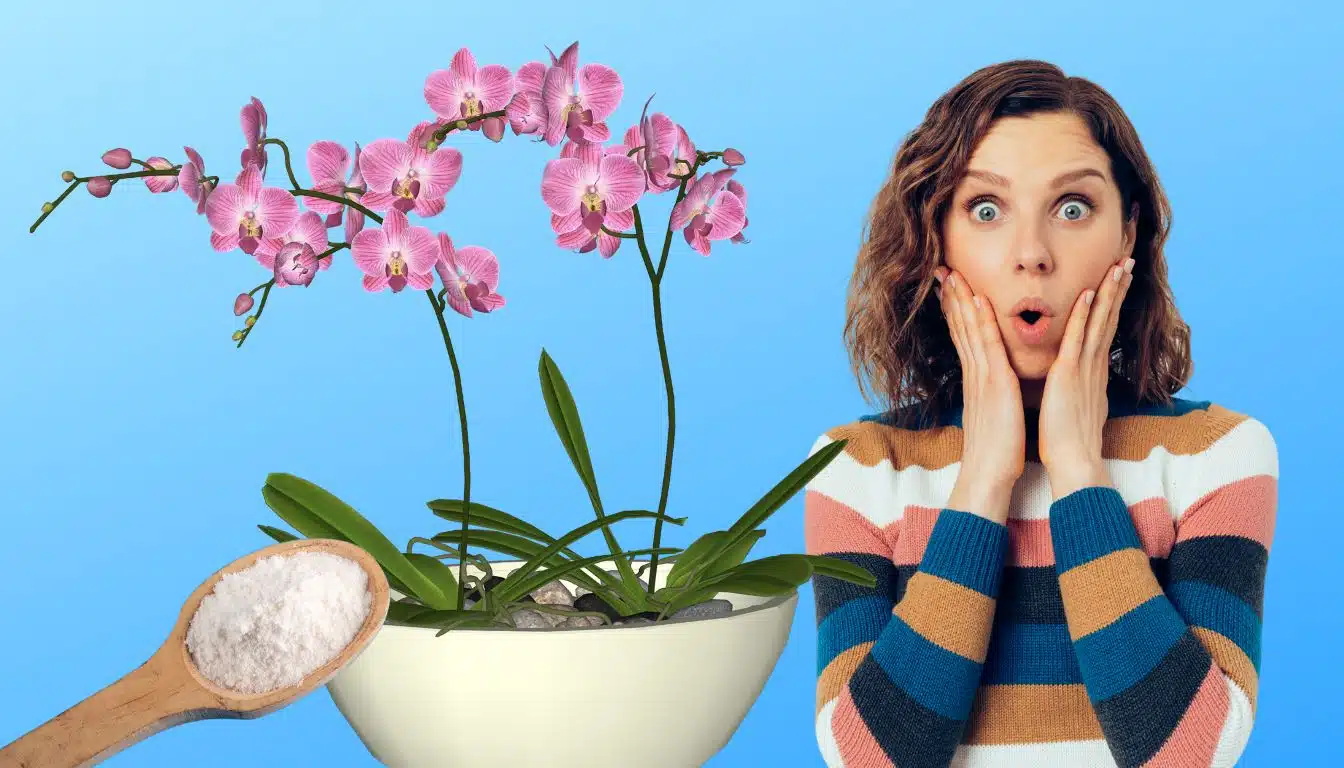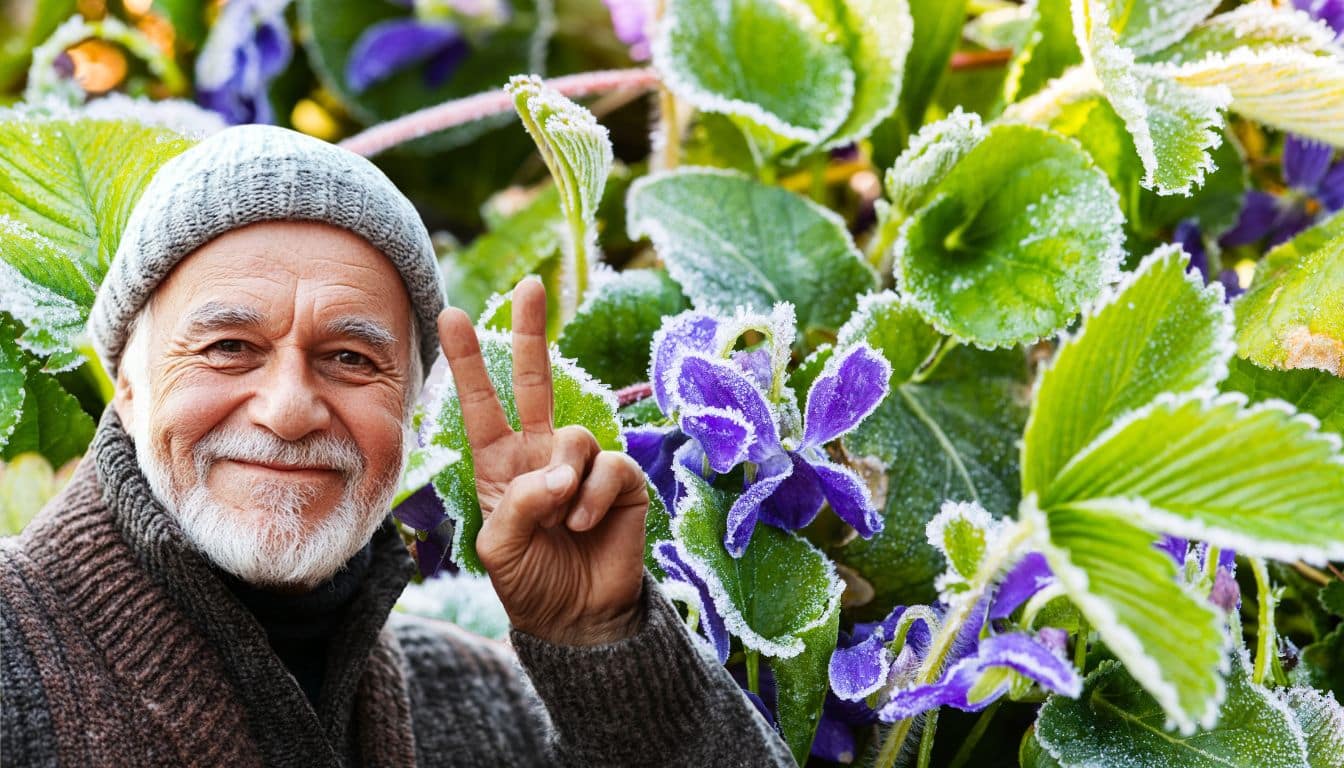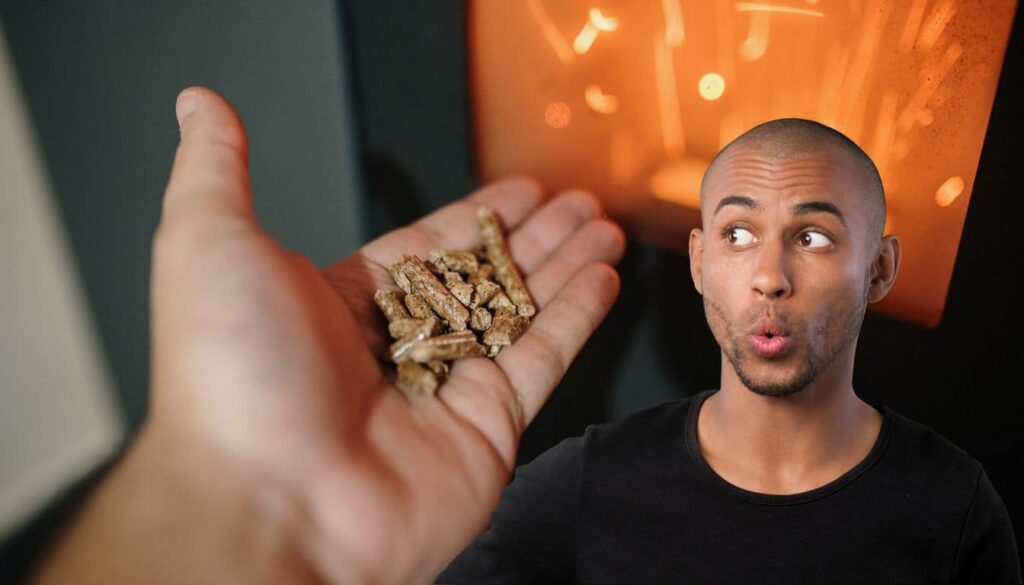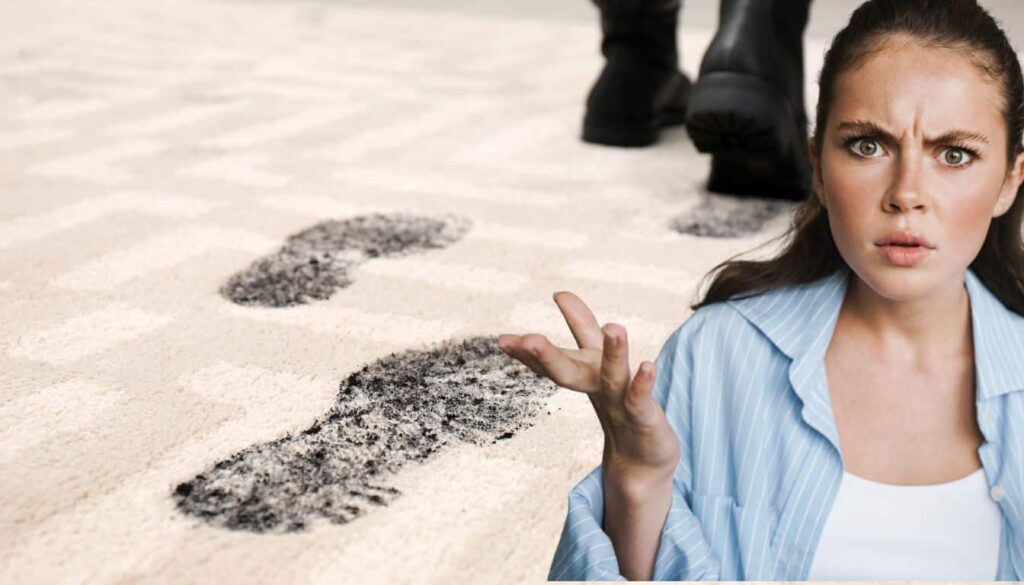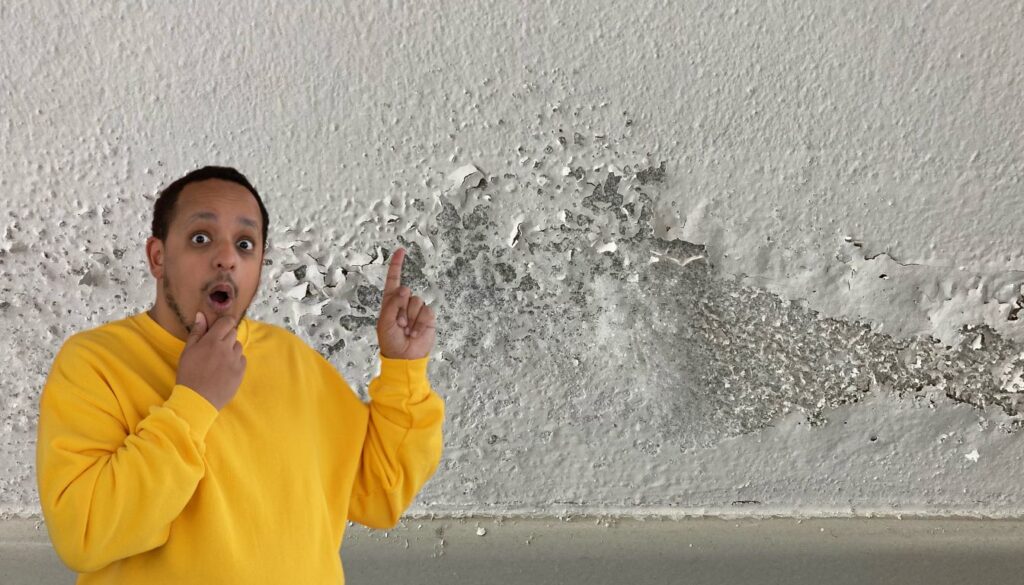Caring for orchids it may seem like a complex art, but with the help of the right natural allies, such as baking sodait is possible to keep these wonderful plants in perfect health.
Find out how this common ingredient can make a difference in fighting fungal diseases and why that is essential for survival of orchids. Are you ready to revolutionize the way you take care of these splendid plants?
Problems caused by fungi
I mushrooms they can be a real nightmare for those who grow orchids. These organisms harness the energy of host plants, leading the plant to get dehydrated and demonstrate visible signs of deterioration.
Among the common manifestations we find the wiltingthe formation of crusts, stains and even rotting of the tissues. Some fungi are airborne, attaching themselves to leaves, while others are found in the soil, attacking the plant from the roots.
Such attacks can result in death of the plantmaking it an emergency that needs to be managed urgently.
Effectiveness of sodium bicarbonate
The use of baking soda for plants it is not just a popular tradition, but finds its scientific basis in its ability to preserve plants from fungal diseases such as powdery mildew or white disease.
This natural antifungal can eliminate some established forms of fungi, making it a safe and non-toxic for those who want to care for orchids without resorting to chemical products.
Furthermore, it is easily available in any supermarket, making its use cost-effective and accessible to all.
Sodium bicarbonate spray
With liquid soap
To prepare an effective spray, dissolve a teaspoon of bicarbonate in a liter of water. Add a few drops of liquid soap to ensure the solution adheres properly to the leaves.
Use only liquid soap and never laundry detergents. Follow this procedure to avoid the direct contact of bicarbonate with the soil, as it may result harmful in the long term.
Shake the bottle gently before use and spray generously on the orchid.
A powerful organic mix
For more stubborn conditions, mix four teaspoons of baking soda in 3-4 liters of water and add two teaspoons of refined horticultural oil or insecticidal soap.
This will help the solution stick to the leaves better. Apply the mixture to the affected areas every two weeks, making sure to watch for any signs of reaction on the plant.
Can it be applied directly to the soil?
It is important to avoid sprinkling baking soda directly onto the orchid soil, as it may accumulate in the soil, negatively affecting the orchids. nutrients available and slowing down the growth of the plant.
Therefore, the best practice is the application through a spray.
Negative effects
Although baking soda has many benefits, its excessive use could cause a buildup in the soil, which could negatively affect the plant.
In case of poor quality of flowers o di visible damageit is advisable to discontinue use and look for more suitable alternatives. Protect your greenhouse from dangers with natural and reliable measures.
Discover other tricks to bring your orchids back to their splendor and how to eliminate annoying problems without the use of chemicals.
